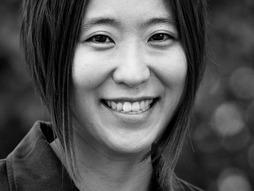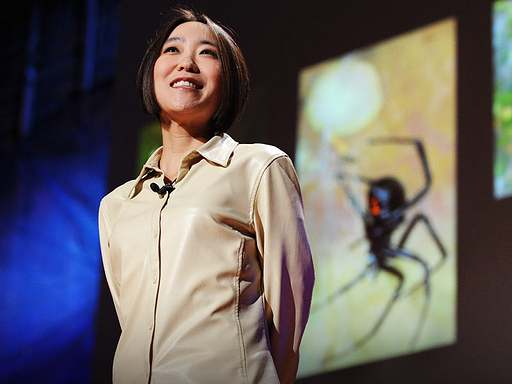
Why you should listen
Biologist Cheryl Hayashi is fascinated with spiders and their silks, and for good reason. Made of a mix of proteins, spider silks come in thousands of variations; there are over 40,000 species of spiders, with many spiders capable of producing half a dozen types. Some silks have the tensile strength of steel -- and often are much tougher -- while remaining light as air and extremely supple. And spiders use their silk in diverse ways: to make their homes and trap their food, to travel, to court and to protect their eggs.
In her lab at UC Riverside, Hayashi explores spider silk’s genetic makeup, evolution and unique biomechanics (winning a MacArthur “genius" grant for it in 2007). Her work blurs the boundary between biology and materials science, looking for the molecular basis of this wondrous material and exploring how humans might learn from it. Hayashi's work may inspire new biomimetic materials for a huge variety of uses, from biodegradable fishing lines and sutures to superstrong ropes and armor cloth.
What others say
“Spiders are my inspiration. I'm always learning something new from them, which is what keeps my research going” — Cheryl Hayashi
